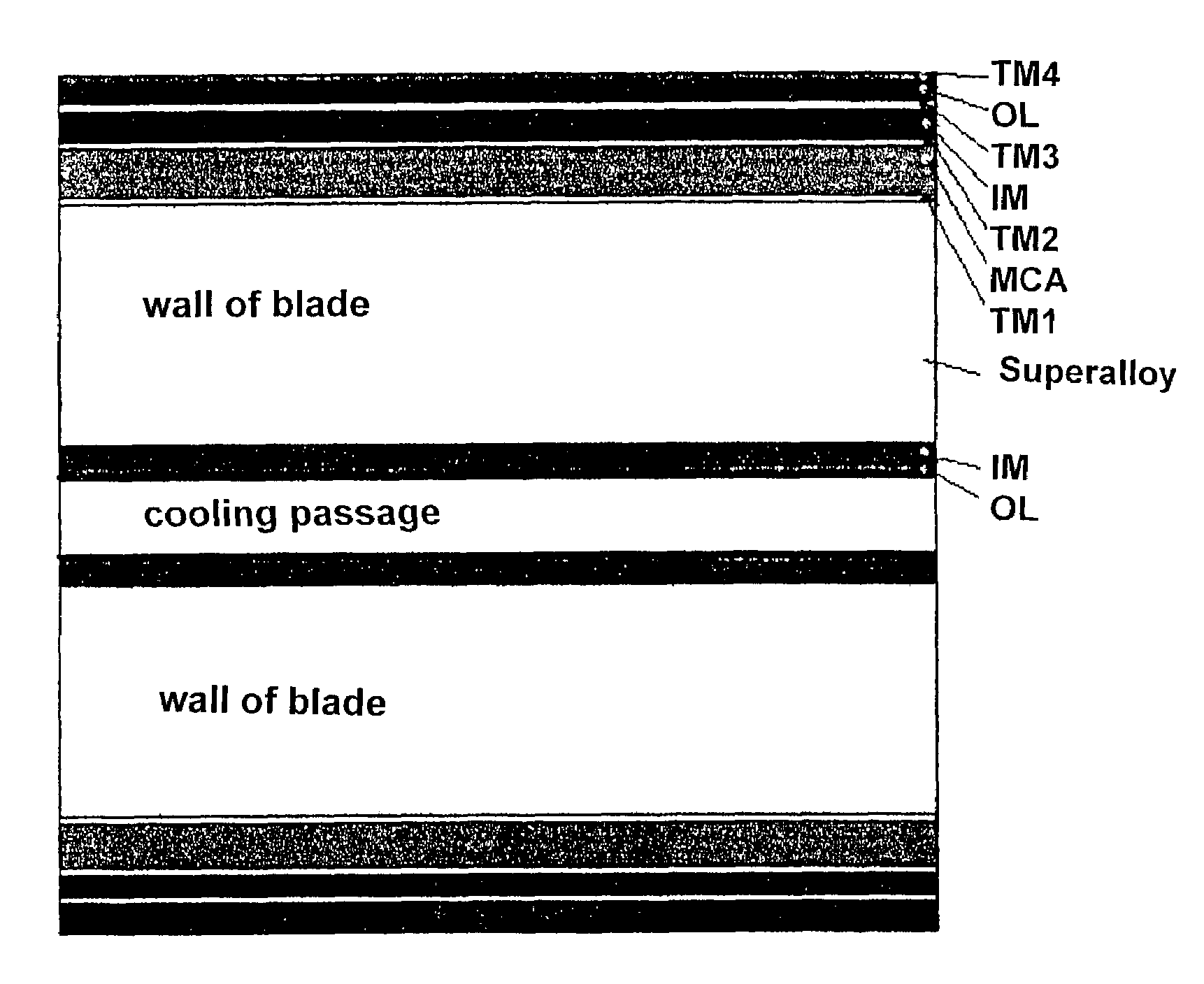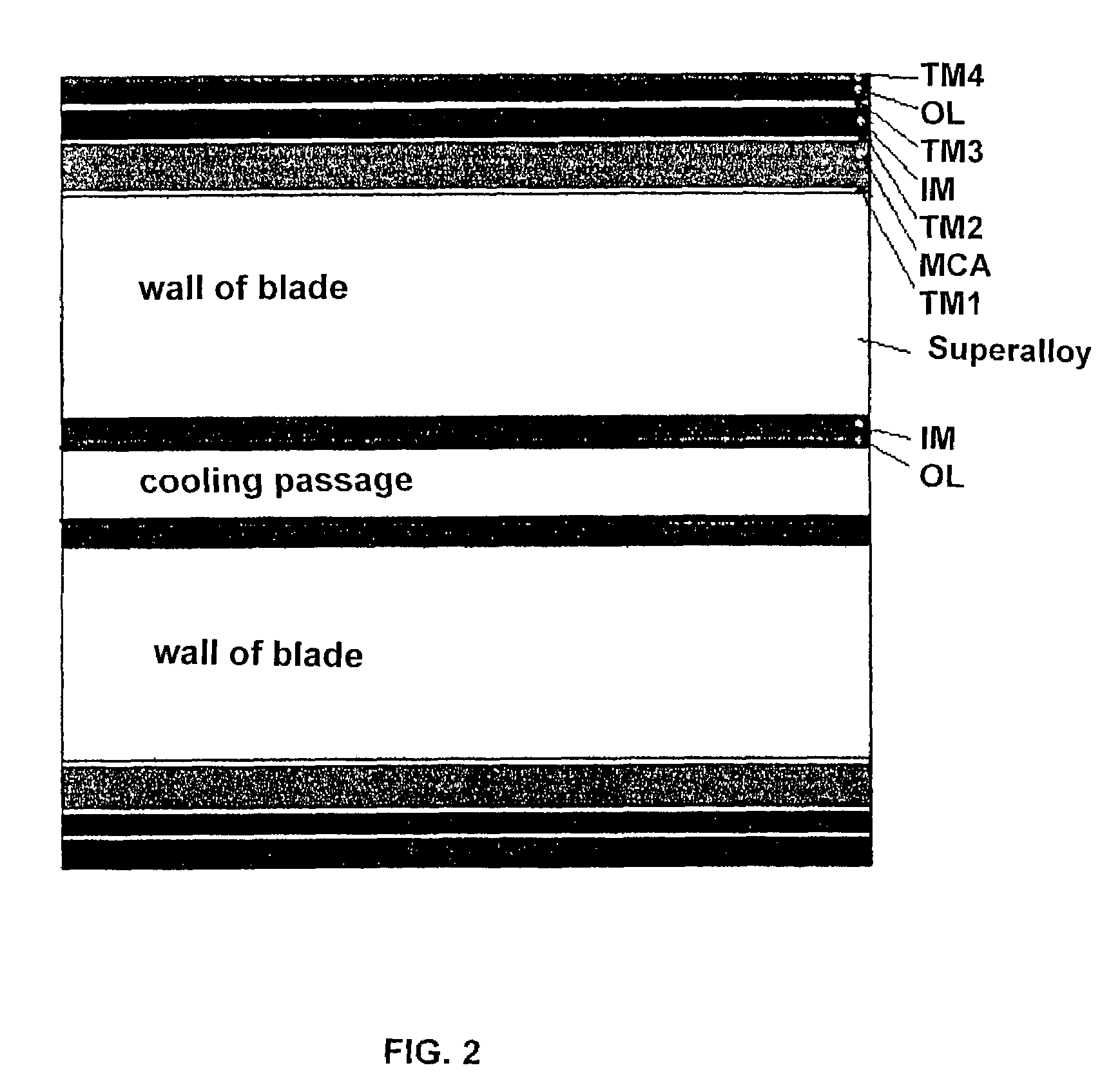Protective coating method for pieces made of heat resistant alloys
a technology of alloys and protective coatings, applied in the field of metalurgical and mechanical engineering, can solve the problems of blades operating under very severe conditions, blades may have internal passages, and deterioration, and achieve the effects of improving the durability of parts, improving the set of performance characteristics, and improving the durability of machine parts
- Summary
- Abstract
- Description
- Claims
- Application Information
AI Technical Summary
Benefits of technology
Problems solved by technology
Method used
Image
Examples
Embodiment Construction
[0033]FIG. 1 / 2 shows a schematic of the ion plasma deposition machine combined with ion implanting facility.
[0034]The machine contains an ion plasma deposition chamber with a rotating table on which the part to be coated is mounted, an inert / non-inert gas feed system monitored to feed the gas atmosphere into the ion plasma deposition chamber, a monitoring system of ion sputtering and coating deposition, and a temperature monitoring device.
[0035]An ion source is mounted in the lid of the working chamber, which produces ions of inert and reacting gases (such as nitrogen, acetylene, methane, diborane, and oxygen) for corresponding implantation by ions of an inert gas (argon, neon). To achieve this, the source is equipped with a self-contained feed monitoring system of gas mixture supply. Besides, the implanter has a source of metal ions. The implanter is mounted in the lid in such a way that the flow of high-energy ions be directed onto the surface of part to be coated, with the part b...
PUM
| Property | Measurement | Unit |
|---|---|---|
| thickness | aaaaa | aaaaa |
| thickness | aaaaa | aaaaa |
| accelerating voltage | aaaaa | aaaaa |
Abstract
Description
Claims
Application Information
 Login to View More
Login to View More - R&D
- Intellectual Property
- Life Sciences
- Materials
- Tech Scout
- Unparalleled Data Quality
- Higher Quality Content
- 60% Fewer Hallucinations
Browse by: Latest US Patents, China's latest patents, Technical Efficacy Thesaurus, Application Domain, Technology Topic, Popular Technical Reports.
© 2025 PatSnap. All rights reserved.Legal|Privacy policy|Modern Slavery Act Transparency Statement|Sitemap|About US| Contact US: help@patsnap.com



